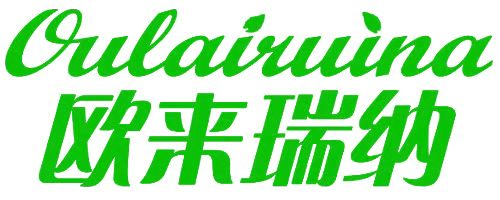The direct expansion air conditioning unit (DX air conditioning) has the advantages of efficient refrigeration and flexible installation, but is limited by the characteristics of the refrigerant system and environmental adaptability. Its core advantages include efficient heat transfer, precise control, and compact structure, while its main disadvantages are limited pipeline distance and insufficient environmental adaptability.
Core advantage: High efficiency refrigeration performance.
Adopting refrigerant direct evaporation technology, omitting the secondary heat exchange step, the heat exchange efficiency is increased by more than 30% compared to traditional water cooling systems;
Support a minimum dew point depth of 5 ℃ for dehumidification, meeting high-precision environmental requirements such as operating rooms and pharmaceutical workshops;
The compressor adopts a vortex design, combined with intelligent multi-stage energy regulation, with temperature control accuracy of ± 0.5 ℃ and humidity error of ± 3%.
.
Installation, operation and maintenance convenience.
No need for auxiliary equipment such as cooling towers and water pumps, saving about 40% of machine room space and construction costs;
Modular design supports positive maintenance, reducing typical unit fault handling time to one-third of traditional systems;
A single system can cover a space of over 60 square meters, making it particularly suitable for decentralized scenarios lacking centralized cooling sources.
Special scenario adaptation capability
The three tube refrigeration condensation heat recovery design reduces energy consumption by 15% -20% and is suitable for high heating scenarios such as data centers;
Provide customized models for anti-corrosion and explosion-proof to meet special environmental requirements such as chemical and laboratory environments.
Main limitations: Physical limitations of the system.
The length of refrigerant pipelines usually does not exceed 50 meters, and the height difference between indoor and outdoor units needs to be controlled within 20 meters, otherwise it will cause difficulty in returning oil;
The maximum cooling capacity of a single unit is about 140kW, and multiple units need to be operated in parallel for ultra large spaces.
.
Environmental adaptability defects.
When the outdoor temperature exceeds 43 ℃, the energy efficiency ratio (EER) of air-cooled models decreases by more than 35%;
Although using new refrigerants such as R410A is environmentally friendly, the cost of leak detection and repair is twice that of traditional systems.
Technical requirements for operation and maintenance.
Professional refrigerant recovery equipment is required, and maintenance personnel must hold a special operation certificate;
The frosting cycle of the evaporator is 20% -30% shorter than that of the water cooling system, which increases the defrosting energy consumption.

